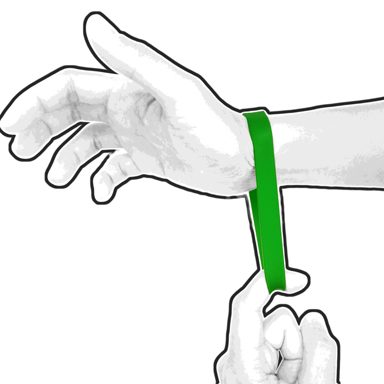Recent work has explored how personal accessories can be augmented with displays, sensors, and aesthetics to produce a new genre of ubiquitous computing, namely, wearables, digital jewelry, and so on. Most often, these devices are augmented with rigid hardware (e.g., touch-screens, buttons) to receive wearer input. Breakthroughs in sensing materials allow novel inputs such as squeeze, bend, and stretch, which may be more suited to interactions with a discreet wearable.
Starting off with on-the-wrist devices, we explore interactions with flexible devices that can be manipulated through bend, stretch, and press -- gestures that can be performed eyes-free by taking advantage of the tactile feedback from the act of deformation. We also investigate the process involved in fabricating materials that convert these actions into measurable parameters, and have successfully demonstrated some early, low-fidelity prototype concepts using bend, pressure, and touch sensors.















